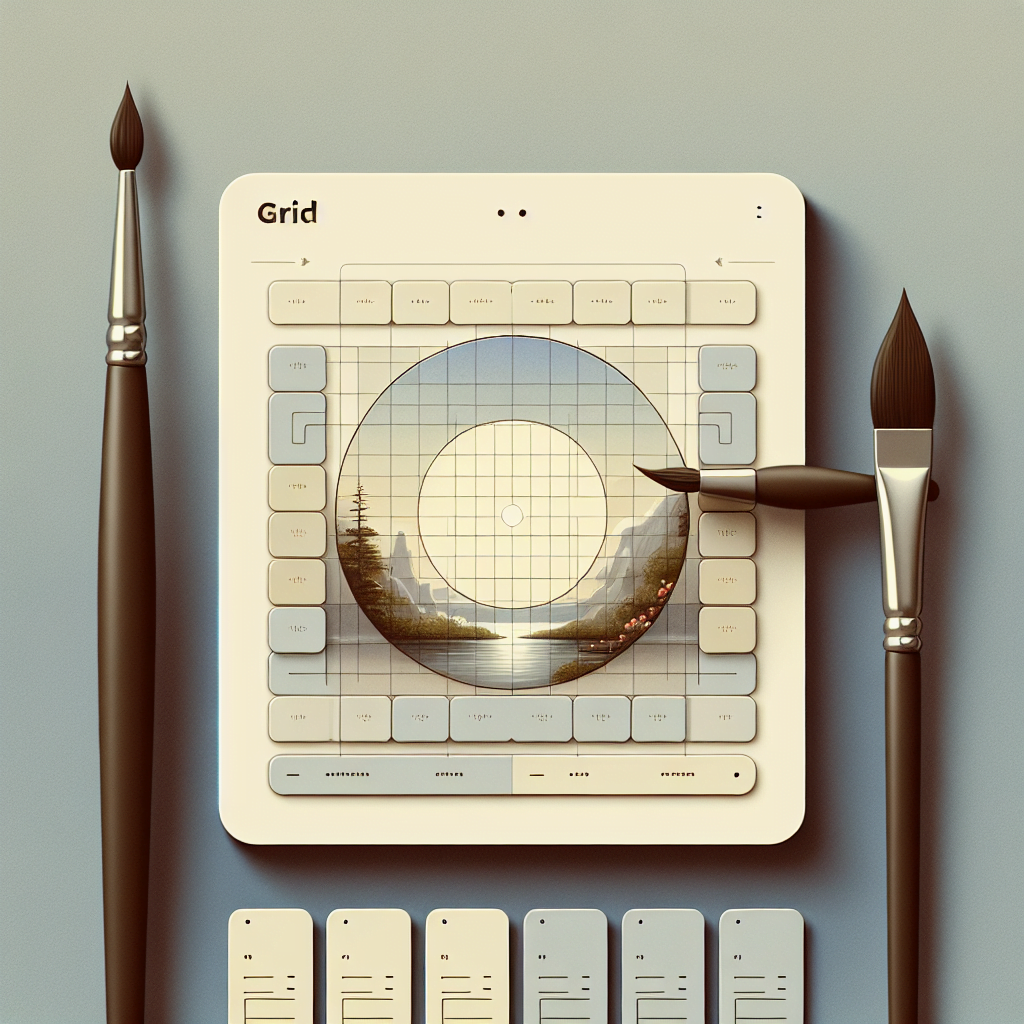Introducing Bootstrap to your Vue.js projects can dramatically enhance UI development pace and aesthetics. Given Bootstrap’s vast popularity among developers for its responsive design and component-rich library, it’s no surprise that many want to incorporate it into their Vue.js applications. However, the transition can sometimes be stumbling due to Bootstrap’s jQuery dependencies. BootstrapVue emerges as a savior in this regard, allowing seamless integration of Bootstrap components into Vue.js without the jQuery hitch.
This article aims to demystify BootstrapVue for beginners by walking you through its setup and demonstrating its usage in building a simple Vue.js application. Let’s embark on this journey to elevate your front-end development with BootstrapVue.
What Is BootstrapVue?
BootstrapVue provides the best of both worlds by marrying the robust, responsive features of Bootstrap with the reactivity and flexibility of Vue.js. It wraps Bootstrap components and grid system into Vue.js custom components, making it easy to incorporate Bootstrap in Vue.js projects without worrying about jQuery dependencies.
Unlike Bootstrap, which is primarily a CSS framework, BootstrapVue is a component library allowing developers to leverage UI components – making development highly efficient and component-centric.
Advantages of BootstrapVue
- Seamless integration into Vue.js projects, aligning with Vue.js’s component-based architecture.
- Frees developers from jQuery dependencies, adhering to the Vue.js ecosystem.
- Offers responsive and customizable Bootstrap components for rapid UI development.
- Enhances productivity by leveraging Bootstrap’s design elements within the Vue.js environment.
Setting Up BootstrapVue
Let’s kick off by setting up a simple Vue.js project and integrating BootstrapVue to understand how everything stitches together.
Creating a Vue.js Project
Begin by creating a new Vue.js project by executing the following command in your terminal:
vue create my-vue-projectNavigate into your new project’s directory and launch the development server:
cd my-vue-project
npm run serve
This makes your application accessible at localhost:8080.
Integrating BootstrapVue
There are two primary ways to include BootstrapVue in your project: via package managers like npm/yarn or by using CDN links. For a more robust approach, we’ll proceed with npm.
In your project’s root directory, run:
npm install bootstrap-vue bootstrapThis command fetches both BootstrapVue and Bootstrap (CSS framework) packages.
To utilize BootstrapVue in your project, you’ll need to register it within your main entry file (main.js or main.ts). Add the following:
import Vue from 'vue'
import { BootstrapVue, IconsPlugin } from 'bootstrap-vue'
import 'bootstrap/dist/css/bootstrap.css'
import 'bootstrap-vue/dist/bootstrap-vue.css'
Vue.use(BootstrapVue)
Vue.use(IconsPlugin)Creating a Grid Layout
Let’s further dive into making a cards layout. Inside your Cards.vue component:
<template>
<b-row>
<b-col cols="12" md="4" v-for="card in cards" :key="card.id">
<b-card :title="card.title">
<!-- Content -->
</b-card>
</b-col>
</b-row>
</template>
Conclusion
This primer barely scratches the surface of BootstrapVue’s capabilities but should provide a solid foundation for integrating Bootstrap into Vue.js projects. With its responsive components and the grid system, BootstrapVue empowers developers to build aesthetically pleasing, interactive web interfaces efficiently.
For those looking to delve deeper into BootstrapVue, exploring its official documentation is highly recommended. The journey from traditional Bootstrap to BootstrapVue is straightforward, promising a blend of efficiency and enhanced user experience in your Vue.js applications.


